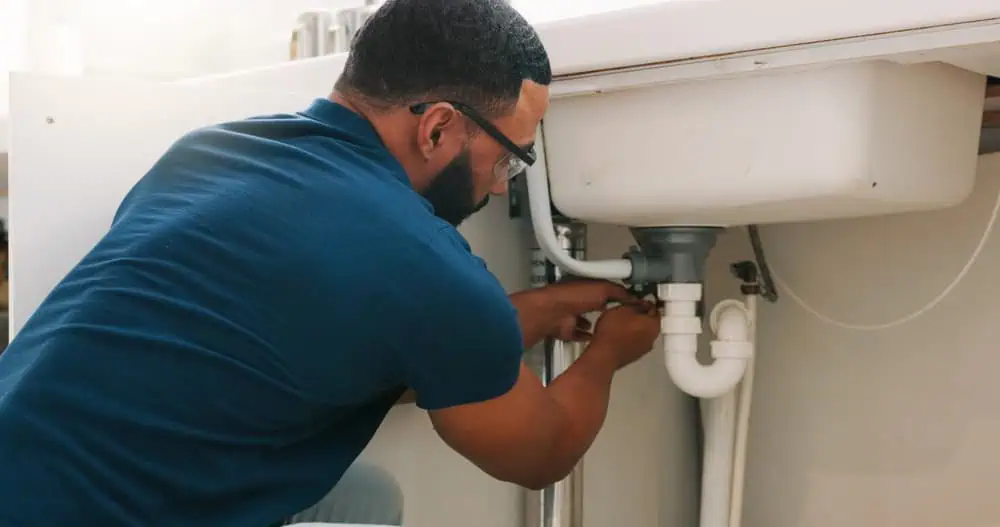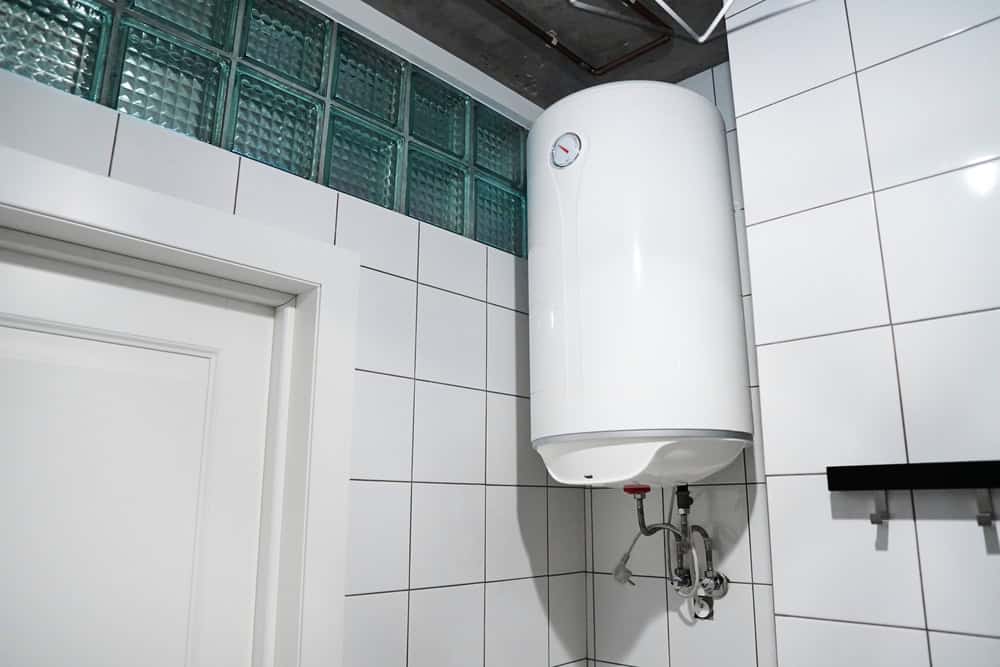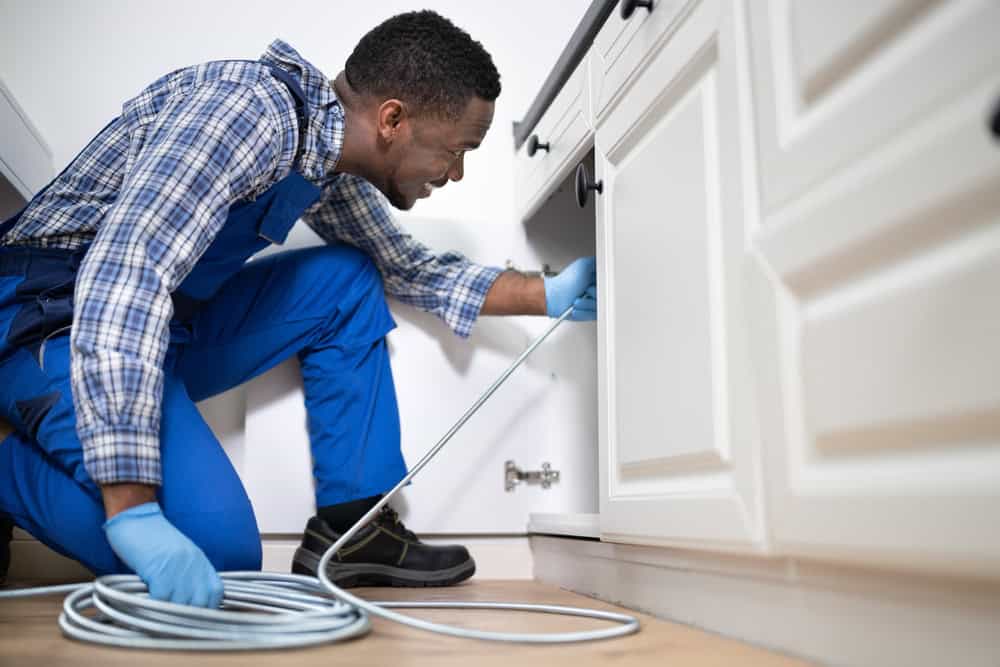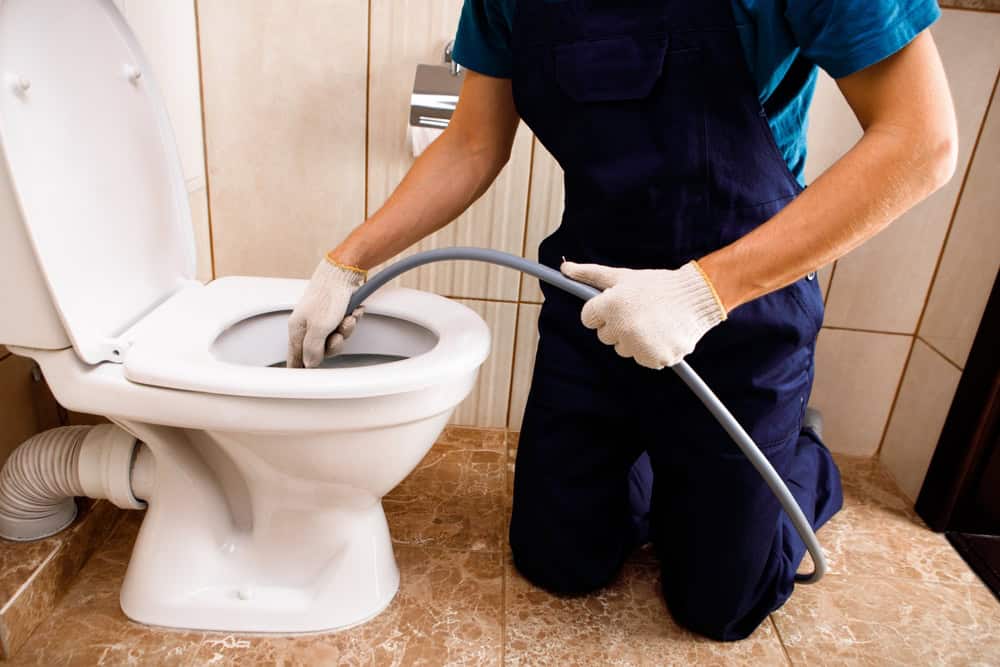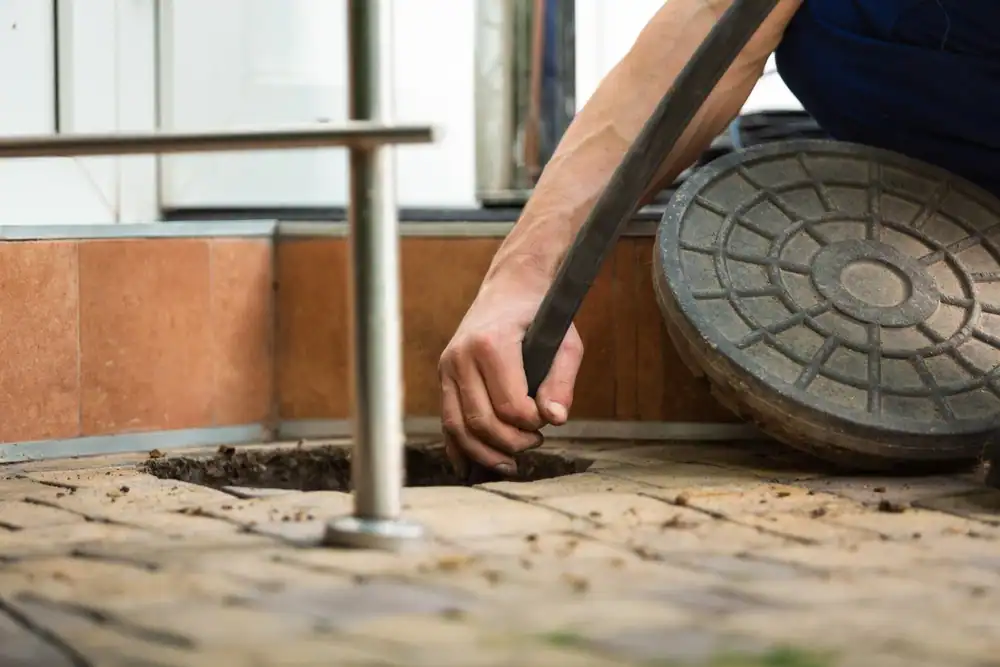Summary:
Leaky Faucets and Running Toilets: Small Drips, Big Problems
That rhythmic drip from your kitchen faucet isn’t just annoying – it’s expensive. A single leaky faucet can waste over 3,000 gallons of water per year, which is enough water for almost 180 showers. When you multiply that across multiple fixtures, you’re looking at hundreds of dollars in wasted water annually.
Running toilets are even worse. While modern toilets use about 1.6 gallons per flush, a toilet that won’t stop running can waste that much water every few minutes. Older toilets that use 3.5 to 7 gallons per flush can burn through your water budget incredibly fast when they malfunction.
The frustrating part is that most of these leaks start small and are completely fixable with basic maintenance. But when homeowners ignore that occasional drip or assume a running toilet will fix itself, small problems become big ones.
How to Catch and Fix Faucet Leaks Before They Worsen
Most faucet leaks come down to worn washers, O-rings, or valve seats – parts that cost a few dollars but can save you hundreds in water waste and potential damage. The key is catching them early through regular inspection.
Check your faucets monthly by looking for water stains around the base, listening for dripping sounds, and testing the handles for unusual looseness or stiffness. Pay special attention to faucets that haven’t been used recently, as seals can dry out and crack when they sit unused for extended periods.
For basic repairs, start by turning off the water supply to the fixture. Most faucet leaks can be fixed by replacing worn washers or O-rings, which you can find at any hardware store. If you’re not comfortable doing the work yourself, addressing the problem early means a simple service call instead of an emergency repair.
Don’t ignore outdoor faucets either. These are especially vulnerable to damage from freezing temperatures and can develop leaks that go unnoticed for months. Before each season change, test your outdoor spigots and hose connections to make sure they’re sealing properly.
The most important thing to remember is that faucet leaks rarely get better on their own. That occasional drip will become a steady stream, and a steady stream can cause water damage to cabinets, floors, and walls. Catching it early protects both your wallet and your home.
Simple Toilet Maintenance That Prevents Running Water
A running toilet is usually trying to tell you something, and the message is almost always about the flapper, fill valve, or chain mechanism inside the tank. These components work together to control when water flows into and out of your toilet bowl, and when they get out of sync, you get that annoying sound of constantly running water.
The flapper is the rubber seal at the bottom of your toilet tank that prevents water from flowing into the bowl between flushes. Over time, flappers can warp, crack, or accumulate mineral deposits that prevent them from sealing properly. A simple test involves adding a few drops of food coloring to your toilet tank – if you see the color appear in the bowl within 30 minutes without flushing, you have a flapper leak.
Check your toilet’s chain mechanism monthly. If the chain is too long, the flapper won’t lift completely when you flush. If it’s too short, the flapper can’t seal properly. The chain should have just enough slack to allow the flapper to close completely while still lifting it fully during a flush.
Fill valves control when water stops flowing into your toilet tank after a flush. When they malfunction, water keeps running even after the tank is full. Most fill valve problems develop gradually, so you might notice the toilet running for longer periods after each flush before it becomes a constant problem.
Regular toilet maintenance takes just a few minutes but can prevent water waste that costs hundreds of dollars annually. More importantly, it helps you avoid the inconvenience and expense of emergency repairs when these components fail completely.
Want live answers?
Connect with a FloTek Plumbing expert for fast, friendly support.
Clogged Drains: From Slow Flow to Complete Backup
Drain clogs don’t happen overnight. They build up gradually as hair, soap scum, food particles, and grease accumulate in your pipes. What starts as slightly slower drainage becomes a complete blockage that can cause water to back up into your home, potentially damaging floors, walls, and personal belongings.
The challenge with drain clogs is that most homeowners don’t notice the early warning signs or assume slow drainage is just a minor inconvenience. But every day that water drains slowly, more debris accumulates in your pipes, making the eventual clog harder and more expensive to clear.
Understanding how different drains clog helps you prevent problems before they start. Kitchen sinks typically clog from grease and food particles, bathroom sinks from hair and soap buildup, and shower drains from hair and personal care products.
Kitchen Drain Care: Keeping Grease and Food Debris Out
Your kitchen drain handles more than just water – it processes everything that goes down your sink during food prep, cooking, and cleanup. The biggest culprit in kitchen drain clogs is grease, which seems harmless when it’s hot and liquid but becomes a solid blockage as it cools in your pipes.
Never pour cooking grease, oil, or fat down your kitchen drain, even if you run hot water with it. Hot water might keep grease liquid while it’s in your sink, but it will solidify somewhere in your plumbing system, often in places that are expensive and difficult to reach. Instead, let grease cool and solidify in a container, then throw it in the trash.
Use a drain strainer in your kitchen sink to catch food particles before they go down the drain. Even small bits of food can contribute to clogs, especially when they combine with grease and soap residue. Clean your strainer regularly – a clogged strainer defeats the purpose and can actually make drainage slower.
Be mindful of what goes in your garbage disposal if you have one. Fibrous vegetables like celery and potato peels, coffee grounds, and eggshells can damage your disposal or create clogs downstream. Run cold water when using your disposal and for about 30 seconds after to ensure waste moves completely through your system.
Regular maintenance includes running hot water down your kitchen drain weekly to help dissolve any soap or grease buildup. You can also use a mixture of hot water, vinegar, and baking soda monthly to naturally clean your drains without the harsh chemicals that can damage pipes over time.
Bathroom Drain Maintenance: Managing Hair and Soap Buildup
Bathroom drains face a unique challenge – they have to handle hair, soap, toothpaste, and personal care products that can combine to create stubborn clogs. Hair is particularly problematic because it doesn’t dissolve and can trap other materials, creating a net that catches more debris over time.
Install drain covers or strainers in your bathroom sinks and shower drains to catch hair before it goes down the pipe. Clean these strainers weekly – it’s much easier to remove hair from a strainer than to snake it out of your pipes later. If you have long hair or multiple people in your household, you might need to clean strainers more frequently.
Address slow-draining bathroom sinks and showers immediately. When water starts pooling around your feet in the shower or your bathroom sink takes longer to empty, you’re seeing the early signs of a developing clog. At this stage, the blockage is usually close to the surface and easier to remove.
Avoid using chemical drain cleaners regularly, as they can damage your pipes over time and are often ineffective against hair clogs. Instead, try using a drain snake or calling a professional plumber who can remove the blockage without damaging your plumbing system.
Monthly maintenance for bathroom drains includes flushing them with hot water and using natural cleaning solutions like baking soda and vinegar. Remove and clean pop-up stoppers in bathroom sinks regularly, as they often collect hair and soap residue that can contribute to clogs.
The key to preventing bathroom drain clogs is staying ahead of hair and soap buildup rather than waiting for problems to develop. A few minutes of weekly maintenance can prevent hours of frustration and expensive service calls.
Keep Your Plumbing System Healthy with Preventive Care
The most expensive plumbing problems are usually the most preventable ones. Regular maintenance doesn’t just save you money – it gives you peace of mind knowing your plumbing system is working properly and won’t surprise you with emergency repairs at the worst possible moment.
Small investments in preventive care pay huge dividends over time. Replacing a worn washer costs a few dollars but prevents water damage that could cost thousands. Cleaning drain strainers takes a few minutes but prevents backups that can ruin floors and belongings.
When you do need professional help, don’t wait until a small problem becomes a big one. We’ve been helping homeowners throughout Kane County, DuPage County, and the greater Chicagoland area maintain their plumbing systems and avoid costly emergencies since 2015. Sometimes the best maintenance is knowing when to call in the experts.
